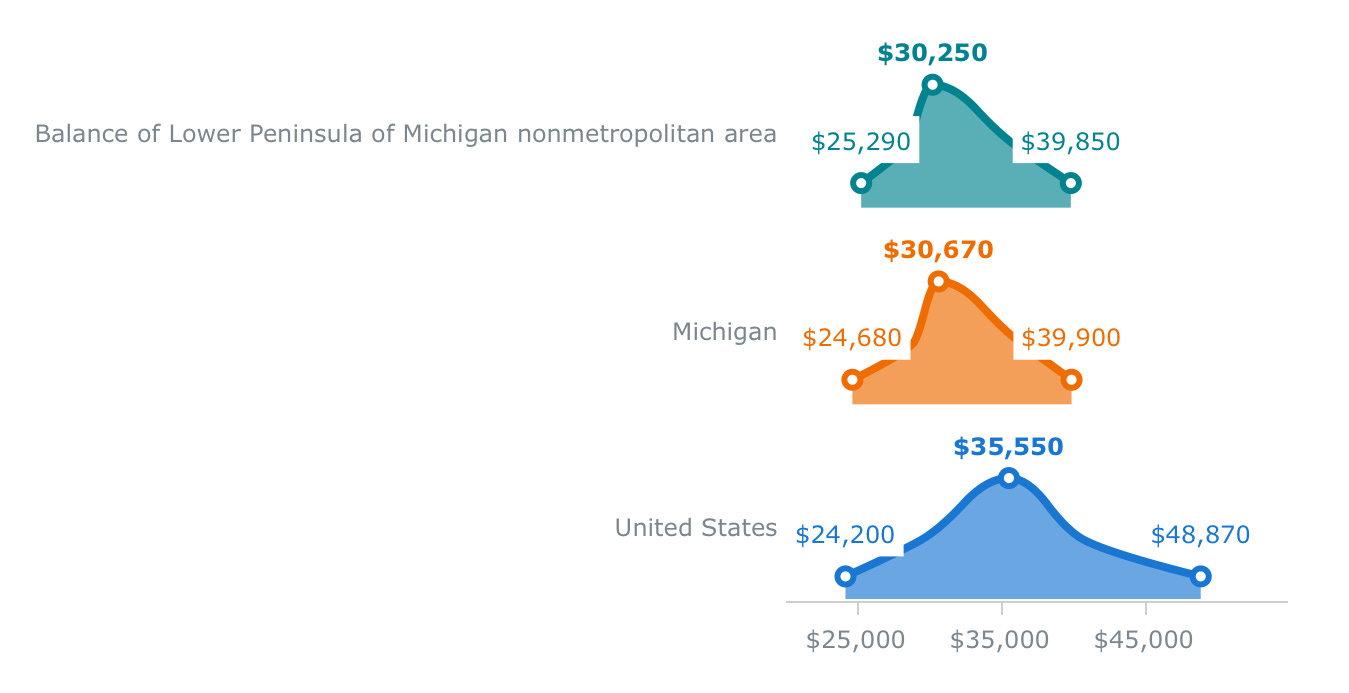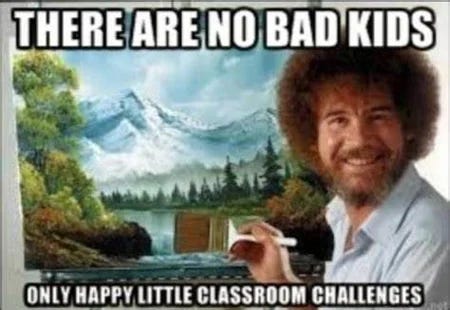Opinion: Paraeducators Make All This Work
Our IAs are underpaid, understaffed, and absolutely phenomenal
Instructional Assistants (IAs) play a vital role in enhancing the educational experience within public schools by providing essential support to both teachers and students. In an era where classrooms are increasingly diverse and educational demands are rising, these aides help bridge gaps that overburdened teachers might not be able to address alone. They offer individualized attention to students who need extra assistance, whether due to learning disabilities, language barriers, or simply a need for more guided practice, fulfilling our promise of “Every Student, Every Day”.
I have a son with disabilities in the LISD classroom at THS. Most folks have heard his story, but in case you haven’t, I gave a short synopsis in a prior article: Why We Love TPS. In short, his life would not be the same had it not been for his special needs teacher and his instructional assistant (IA). I also see it first-hand as I sub in our district. The success of an entire classroom can rely on the presence of one IA, and yet we’re losing IA’s nationally.
Instructional assistants often have the lowest salaries with the highest occupational hazards. Currently in Tecumseh, IAs make about $13.50/hr. This equates to $28,080 per year, which is less than the national, state, and local mean salaries for this position (see chart below).
(Source: O*Net OnLine, 25-9043.00)
Occupational hazards in relation to instructional assistants are on the rise as well. Last year, my cohort at Auburn University interviewed multiple middle school teachers and IAs in Michigan, Florida, and Alabama to learn more about the hazards they faced in the classroom. The following is an excerpt from our findings:
Paraprofessionals, as with other educators, are often exposed to workplace violence. Waheed and Youssef (2007) state: “violence against teachers has become a silent epidemic in education,” (p. 187). During the COVID-19 pandemic, one third of educators reported experiencing violence from students and "over 40% of school administrators reported verbal or threatening violence from parents during COVID," (Omnigo, 2024).
Source: Smart, Talton-Buck & Willey (2024)
You may be surprised by what these IA’s endure on a daily basis. To quote one IA in Michigan: “(we get) hit, kicked, pinched, head-butted, punched, elbowed, ran into with scooters and chairs, hair pulled, glasses grabbed, clothing grabbed, earrings pulled, chased, fingers bent backwards, spit on, etc. Things thrown at you include but not limited to pencils, chromebooks, books, folders, ipads, balls, shoes, lunch, chairs, beanbags, blocks, scissors, etc.”
She later added: “You have to run, chase, follow, skip, sing, swing, hold hands, jump, participate in classes, color, write, play, reset, etc. Record behaviors in daily charts, write notes for data purposes, keep teachers and case worker up to date, remember schedules and know schedule changes, create social stories for day to day changes, communicate with parents or case worker for needs/wants/homework, etc.”
In spite of all this, these IAs form bonds with these kids as though they were their own. When I first started volunteering at TMS, I was overwhelmed almost immediately. These days, I can manage just about any situation (even 5th grade recess), because IAs and recess supervisors coach me on each student’s unique situation. They see through the behavior to understand what each child is going through.
Stagnate, low wages compounded with rising health and safety risks typically culminate in rising attrition for any industry. Consider this article from the National Council on Teacher Quality: Paraprofessionals: Understudied, undercompensated, and in short supply. The author cites data suggesting that attrition rates for paraprofessionals (IAs) have risen sharply at 23% during the 21-22 school year when the article was written. Attrition in these positions causes cascading problems, as the article goes on to mention:
Filling these vacancies isn't easy: a recent study of Washington state job postings found that districts posted more paraprofessional jobs than teacher jobs and many remained open over time. At least two studies have found that when paraprofessional roles go unfilled, special education teachers take on additional labor and take a 'triage' approach to their instructional responsibilities while dealing with pressing student safety concerns.
If I may add anecdotal support to their findings, I also revert to the triage strategy in absence of an IA. Imagine teaching a lesson to twenty already-hyper sixth-graders, then adding a student with severe emotional problems and another with oppositional defiance to the mix. The class cannot go on unless the teacher becomes the IA, which is a disservice to the other students.
Another paraprofessional I interviewed described a scenario in which, due to low staffing, she was paired with two students instead of her usual one. One student had a history of elopement, and the other a history of explosive emotional episodes when left alone. You can imagine the impossible decisions this IA faced reminiscent of the “Trolly Problem” scenario:
Leave student 2 to chase student 1 = disaster
Remain with student 2 while student 1 runs = disaster
To understand more about current trends in attrition among para-educators (IAs), download the PDF linked below, provided by CALDER (Center for Analysis of Longitudinal Data in Education Research).
Staffing IAs is not optional in many cases. Data from the U.S. Department of Education shows that the percentage of students receiving special education services (IEPs) under the Individuals with Disabilities Education Act (IDEA) has increased. Specifically, the percentage of public school students served under IDEA has grown from 12.9% in 2012-13 to 15.2% in 2022-23. This article in Education Week, How Special Education Funding Actually Works, answers the question, “Are schools required under federal law to educate students with disabilities?”
Yes. The official term for what students with disabilities are entitled to receive is a “free, appropriate public education,” or FAPE. That includes adhering to every detail of a student’s individualized education plan, or IEP—even when it means hiring staff, building a specialized classroom setting, or sending a student to an external provider.
Notice the provision, “even when it means hiring staff”. This means keeping IAs on staff is required by law when designated in a student’s IEP. With the current trend in attrition, this can prove to be a difficult task for school administrators. While principals typically do not dictate salary or have the ability to mitigate the hazards of working with special needs students, there is one tool available to them: career pathways.
Recent research documents the positive impact that paraprofessionals have on student learning. Given these strengths, states and districts across the country have developed programs to attract and prepare paraprofessionals to become certified teachers. Despite increased interest in expanding pathways for the paraeducator workforce, research has also consistently revealed that paraeducators encounter obstacles along the career development continuum from recruitment, preparation, placement, and induction.
Source: Gist, Garcia & Amos (2022)
IAs provide stability to our kids. We can provide security for our IAs by creating pathways to become licensed substitute teachers, which carries higher salaries and opportunities for health insurance. School administrators can remove obstacles for IAs and provide avenues of upward mobility that have the potential to curb attrition and foster career longevity. Many of our administrators do this already.
IA’s are the glue that makes all this work. As wages stagnate nationally, TPS must look to other avenues for retention. I would encourage our human resource partners to work with school administration to incentivize IAs in our schools with whatever tools are available to them. If you have a student with an IA, be sure to thank them at your next meeting. They are truly the unsung heroes of this district.






